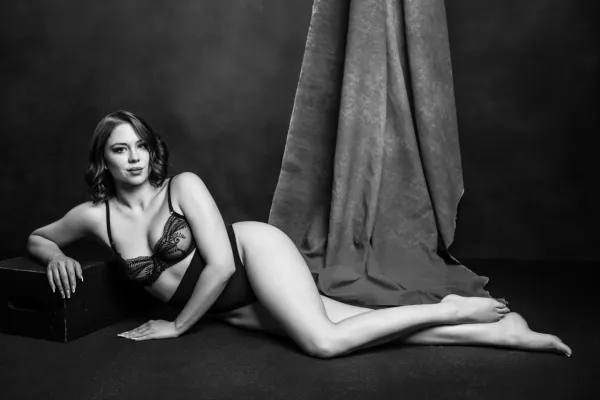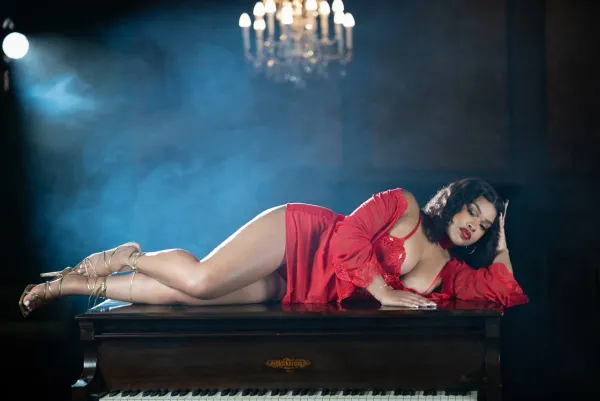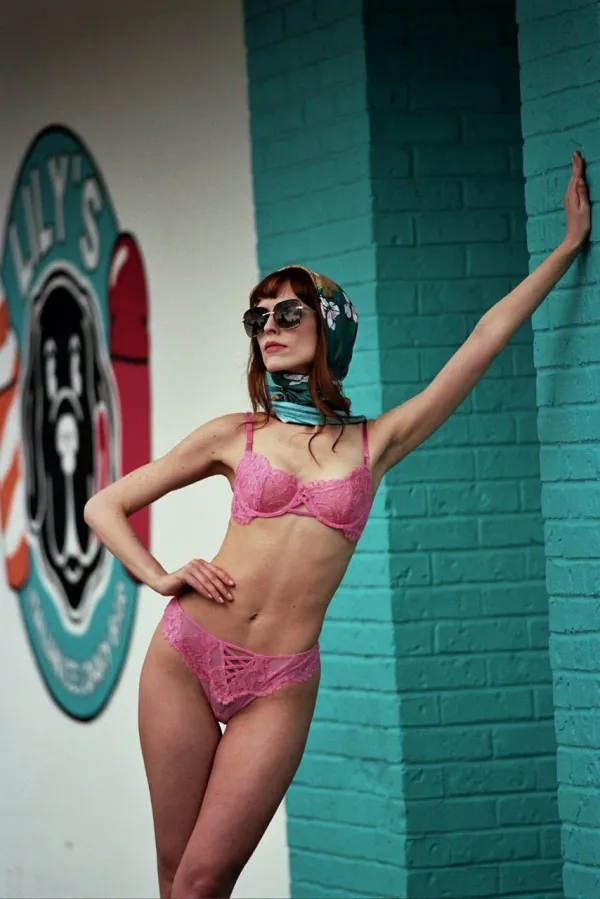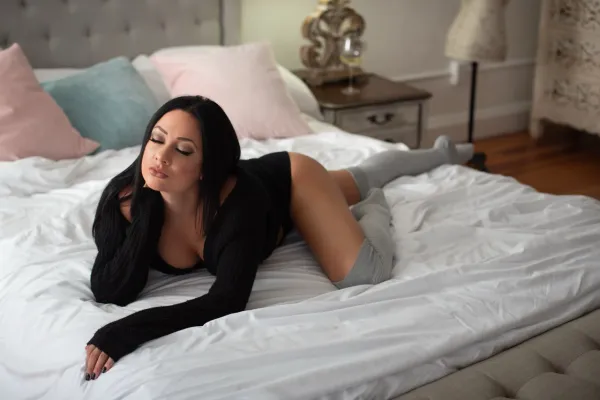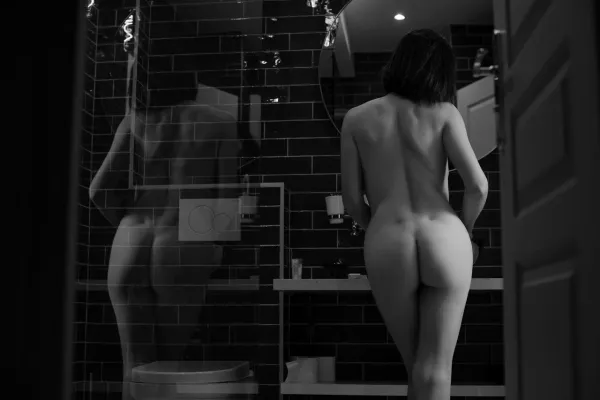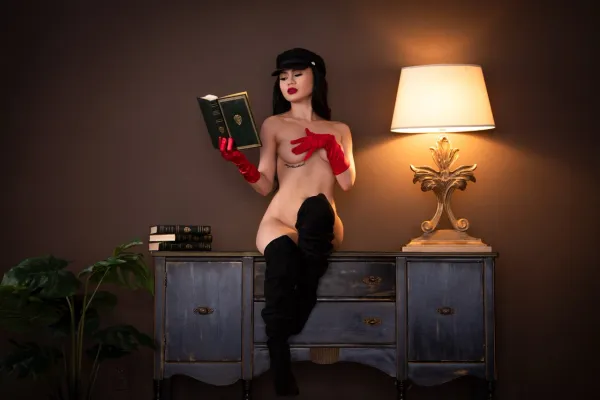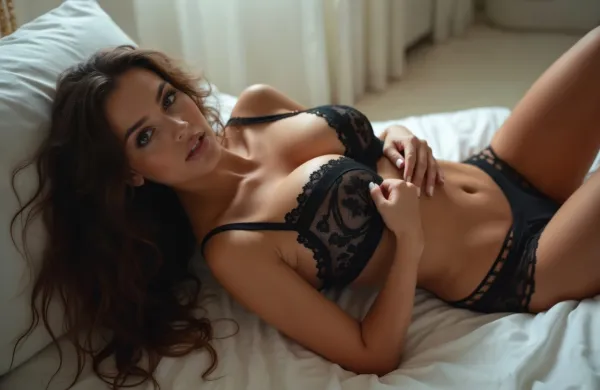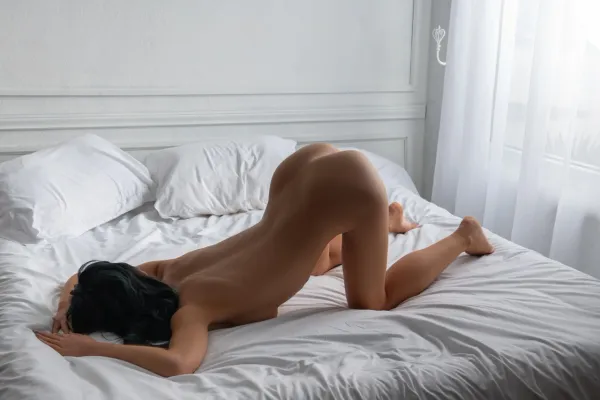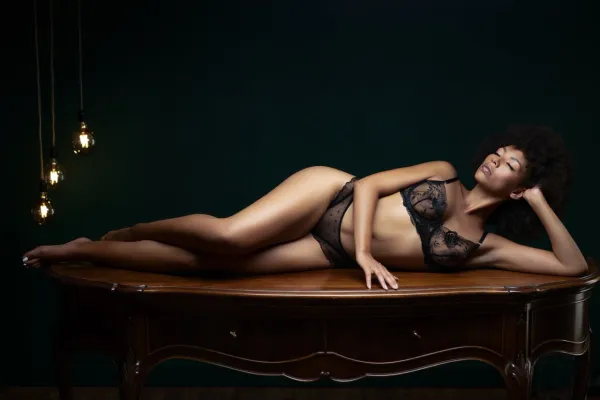Can a $200 Camera Create Beautiful Boudoir?
Tiny room. Cheap camera. Big results?
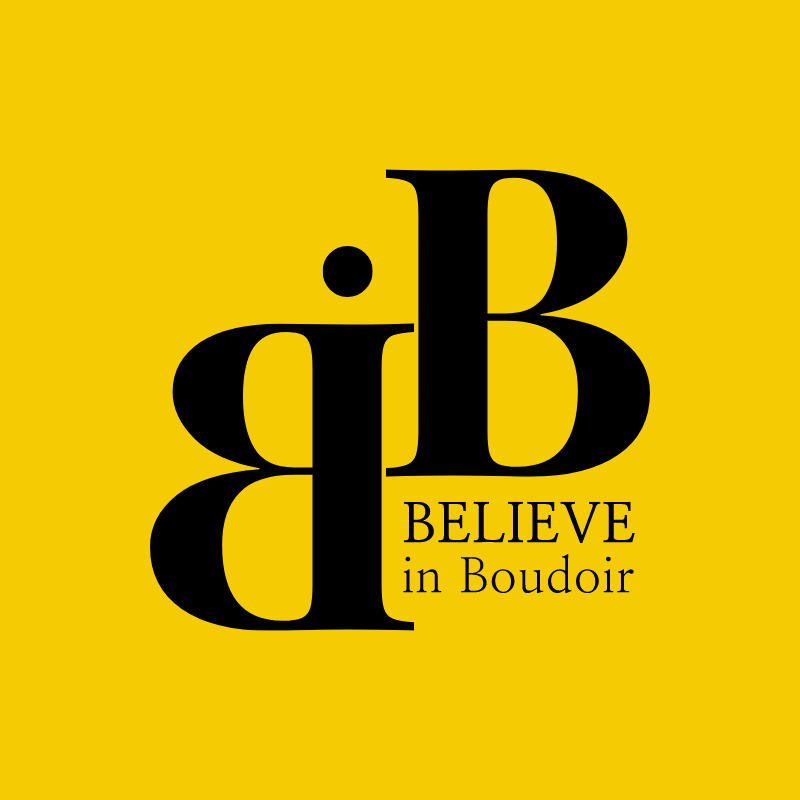
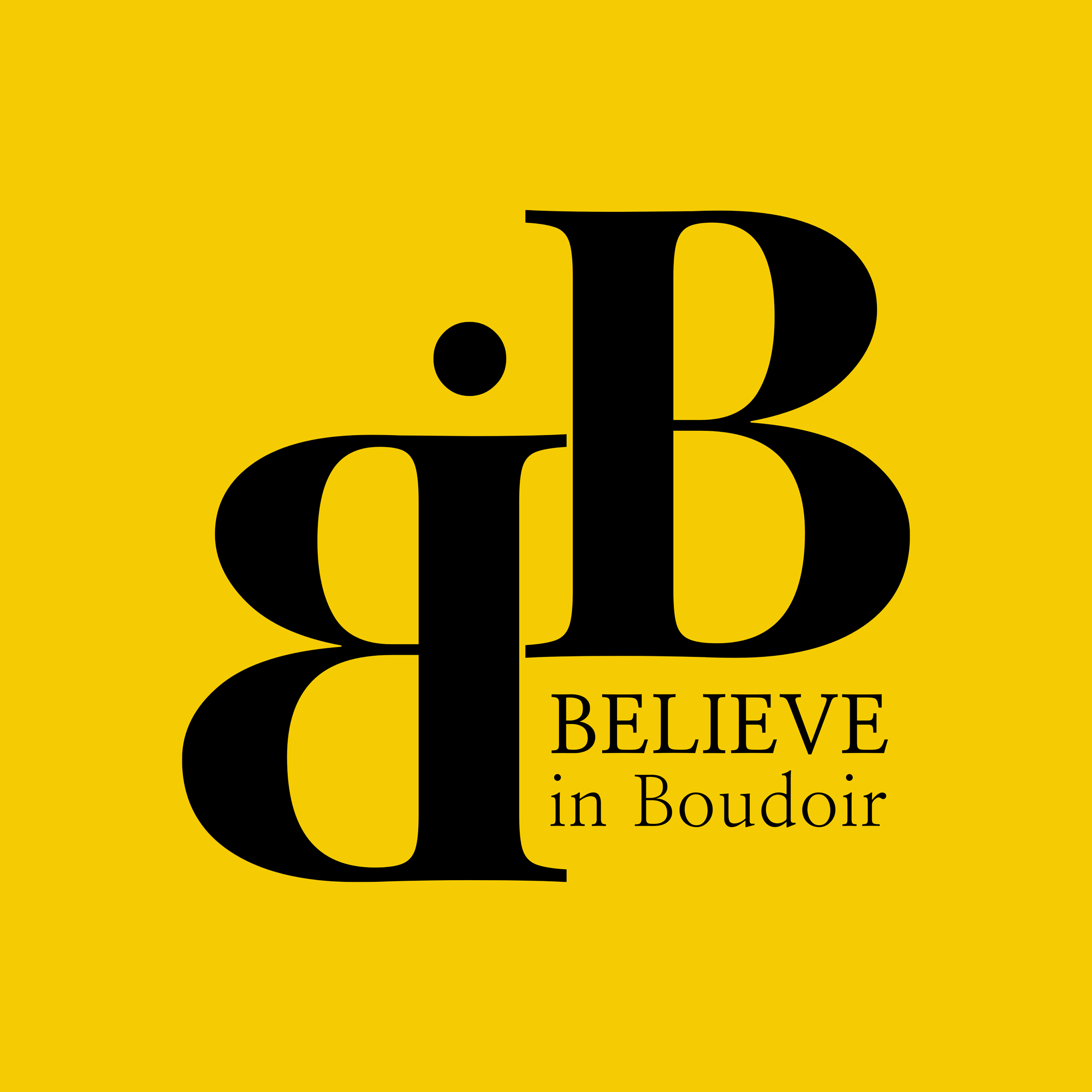
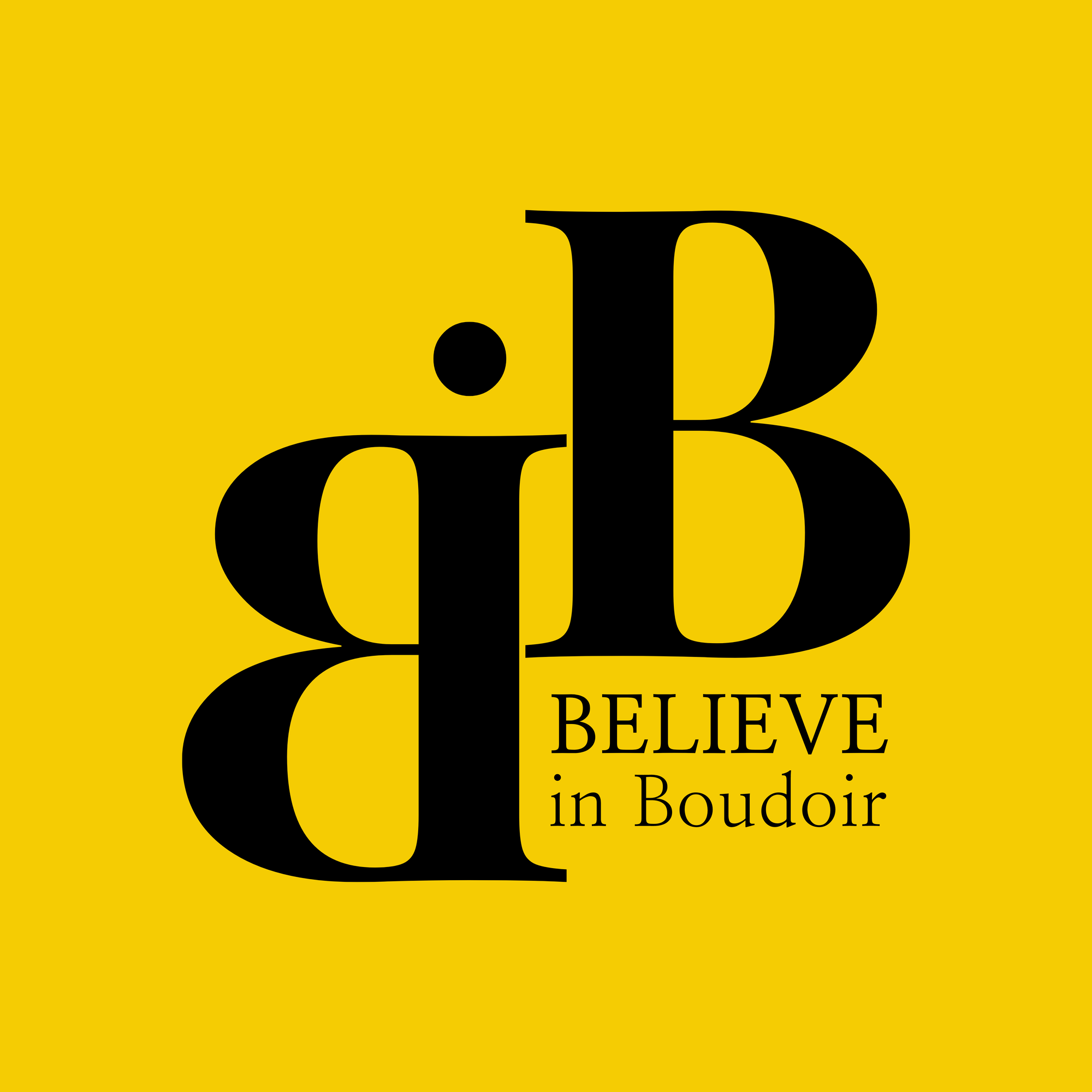
Tiny room. Cheap camera. Big results?

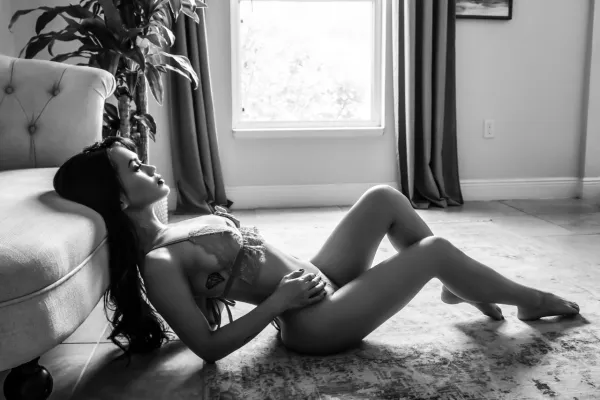
It’s easy to believe that boudoir photography demands a full-frame camera, perfect lighting setups, and a 1,000-square-foot studio — but what happens when you strip all that away? We decided to find out.
The entire session was done on a Canon EOS Rebel T6, an entry-level camera now selling for around $200. It was shot at home, in a modest 10x15 foot room (about 14 square meters), with one single window as the only light source. No strobes. No softboxes. Just natural light, a reflector, and a bit of creativity.
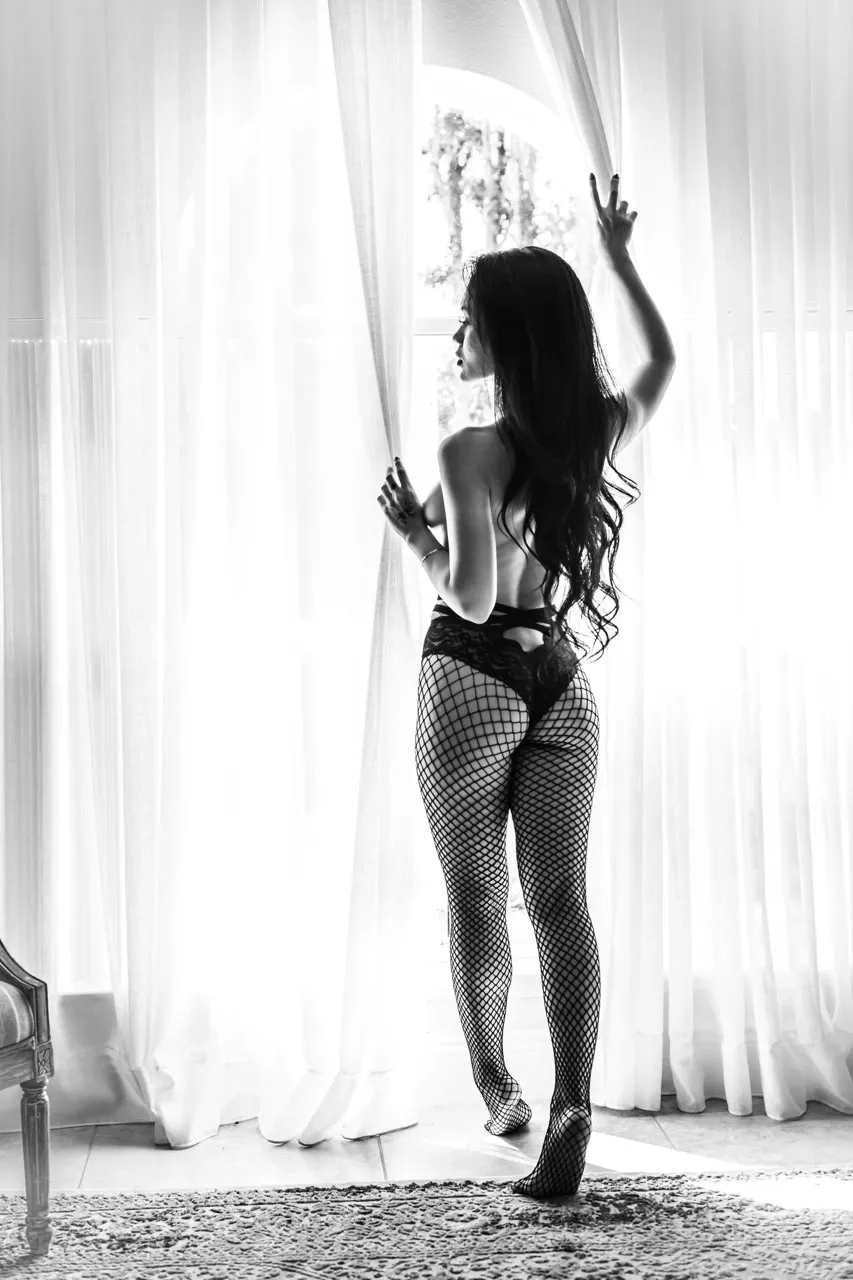
Of course, there were limitations. The Rebel T6 doesn’t offer the same dynamic range or detail retention as pro-level bodies, especially in low light. There's less control over exposure and focus, which meant that some images lacked the crispness we might expect from more expensive gear. The tiny space made composition difficult — there was barely room to back up, and many angles required standing on furniture. On one side of the room was the window; on the other side, the kitchen — not the most aesthetic backdrop. So we had to work smart.
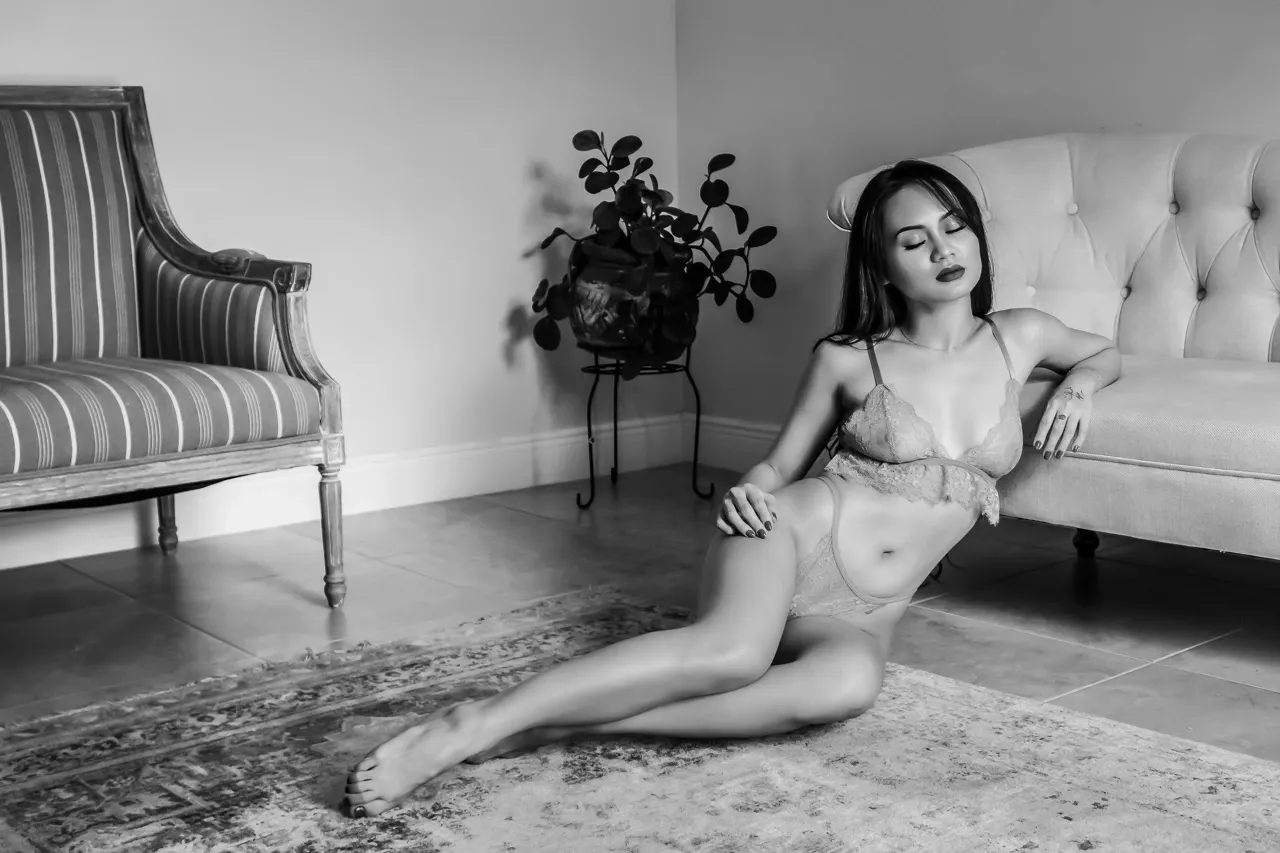
This is where Yuliya Panchenko’s philosophy comes in. As she often teaches inside her courses on Low Budget Boudoir and Lifestyle Boudoir, gear and space do not make or break your image. Your control lies in light, pose, and direction — and that’s exactly what we focused on. Since we couldn’t move much, we moved the subject instead. By positioning her close to the window, we gained access to soft, natural light, sculpting her features with highlights and shadows. But when shooting toward the window, the model was backlit, making her face fall into shadow — and this is where the reflector became essential. By bouncing light from the window back onto her, we could balance the exposure and still include the window in the frame without compromising quality.
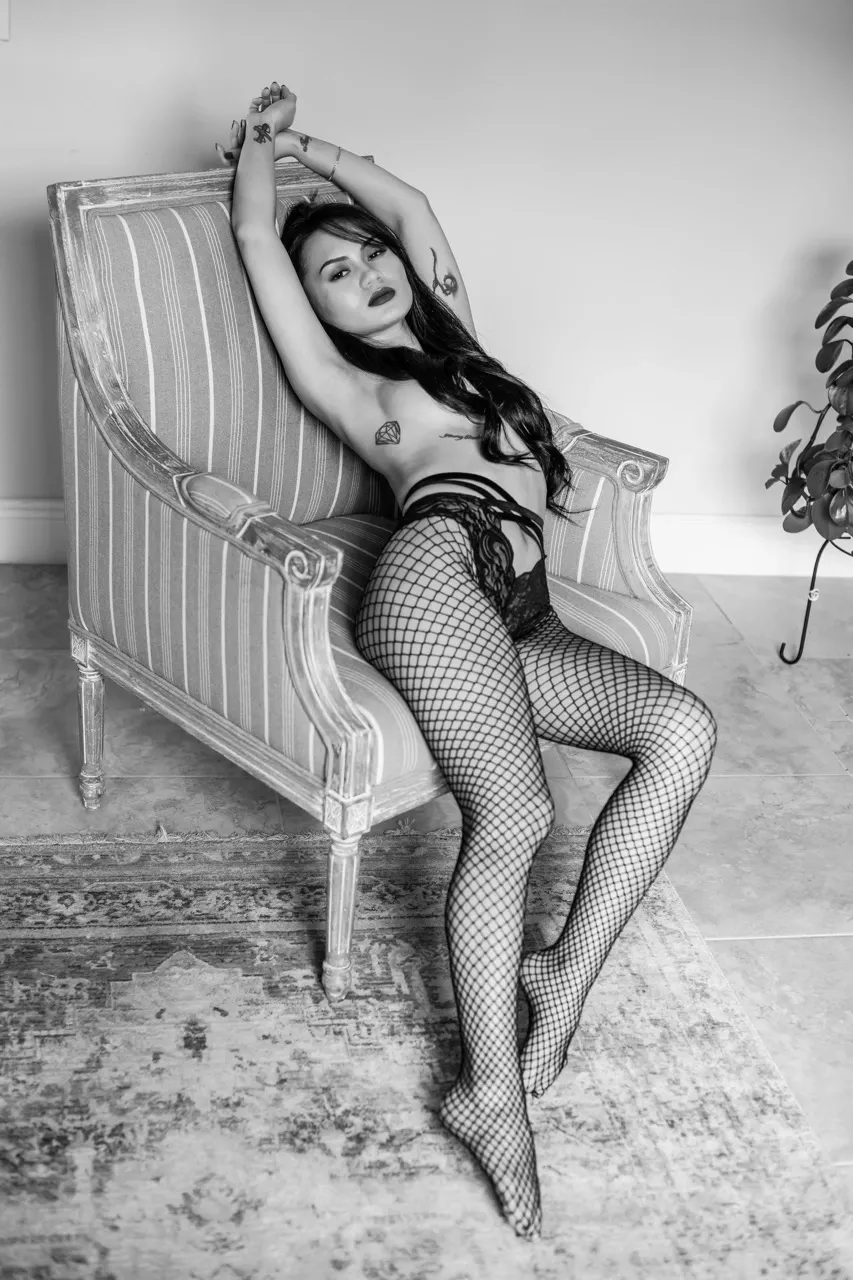
Posing was everything. With limited options for changing scenery or lens focal length, the visual interest had to come from shape, form, and gesture. Every hand placement, every chin angle, every curve of the back had to be intentional. And it worked. Despite the limitations, the resulting images were soft, romantic, and emotive — proof that mastery in boudoir photography comes from skill, not just settings.
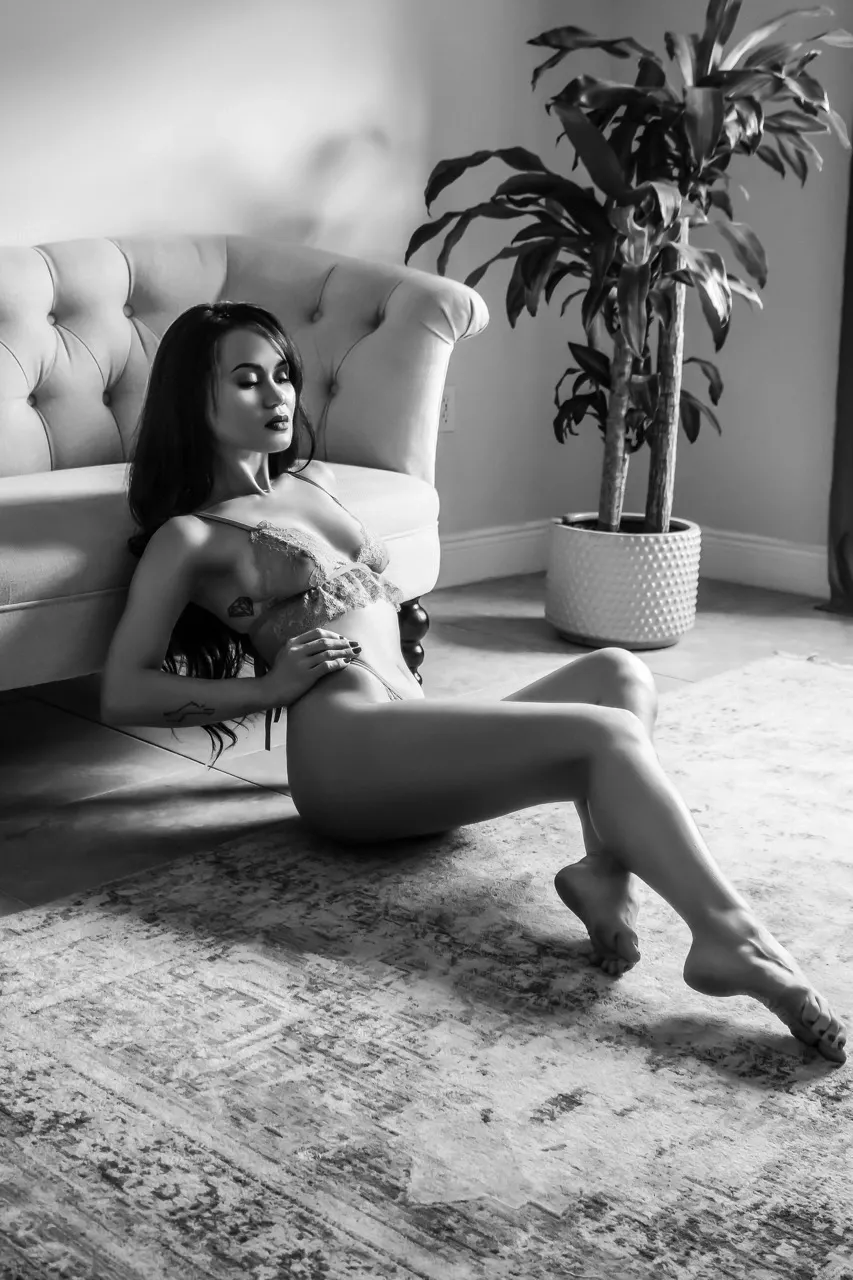
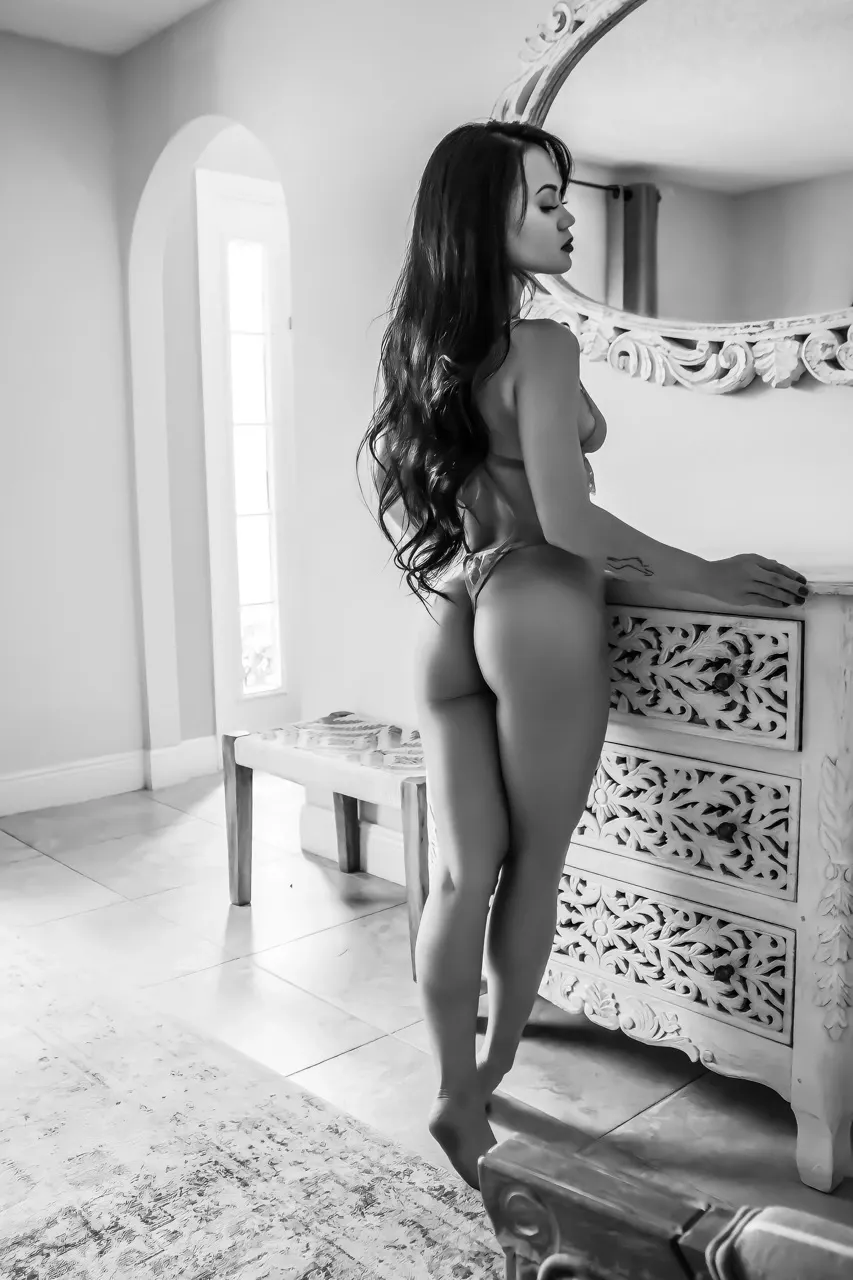
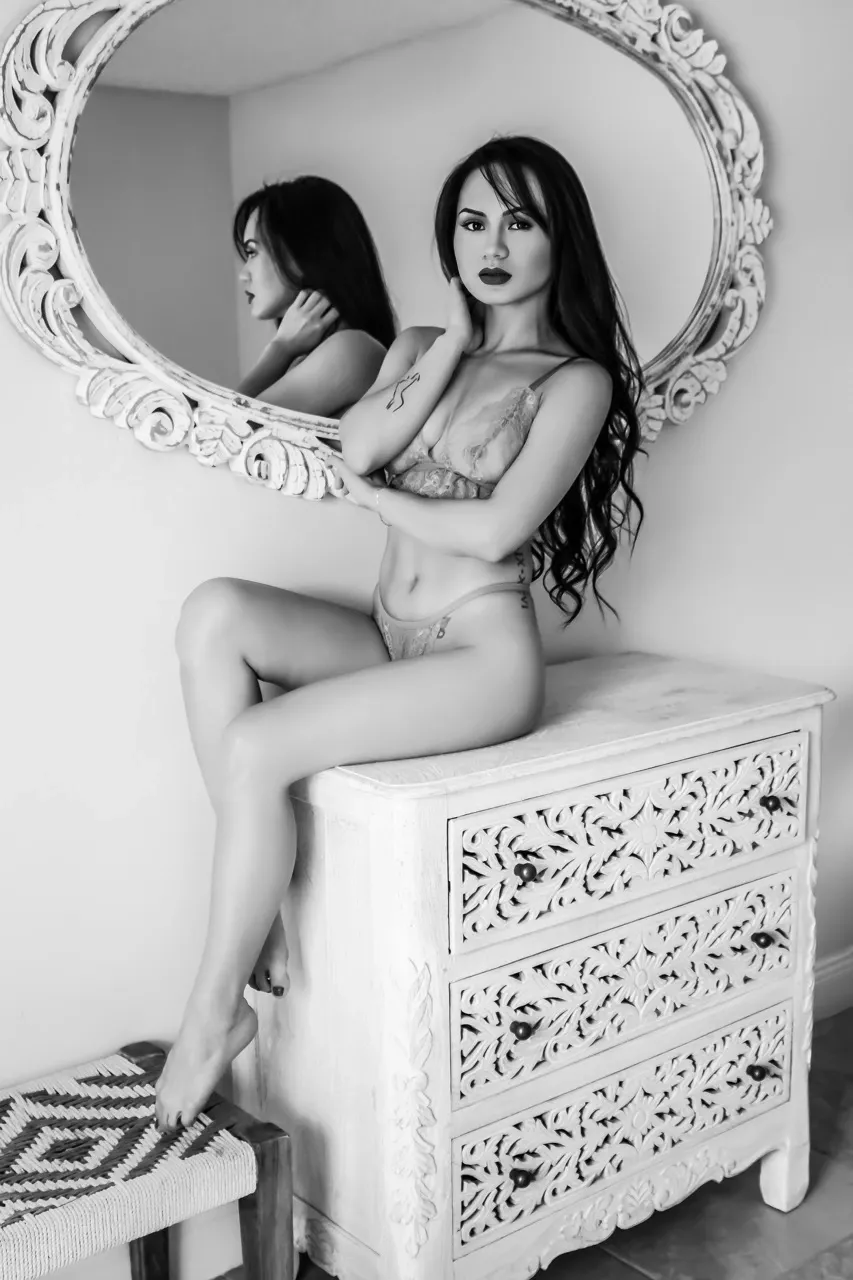
Boudoir isn’t about expensive gear. It’s about mood, connection, and light. It’s about knowing how to shape a body and guide your subject with confidence. That’s the essence of Yuliya’s teaching — and it’s exactly how you can thrive even with minimal tools.
We’d love to know your thoughts. What do you think of the results from this setup? Would you ever shoot boudoir with a $200 camera and one window? Let us know in the comment here 👇
Learn Boudoir Photography on BIB TV
